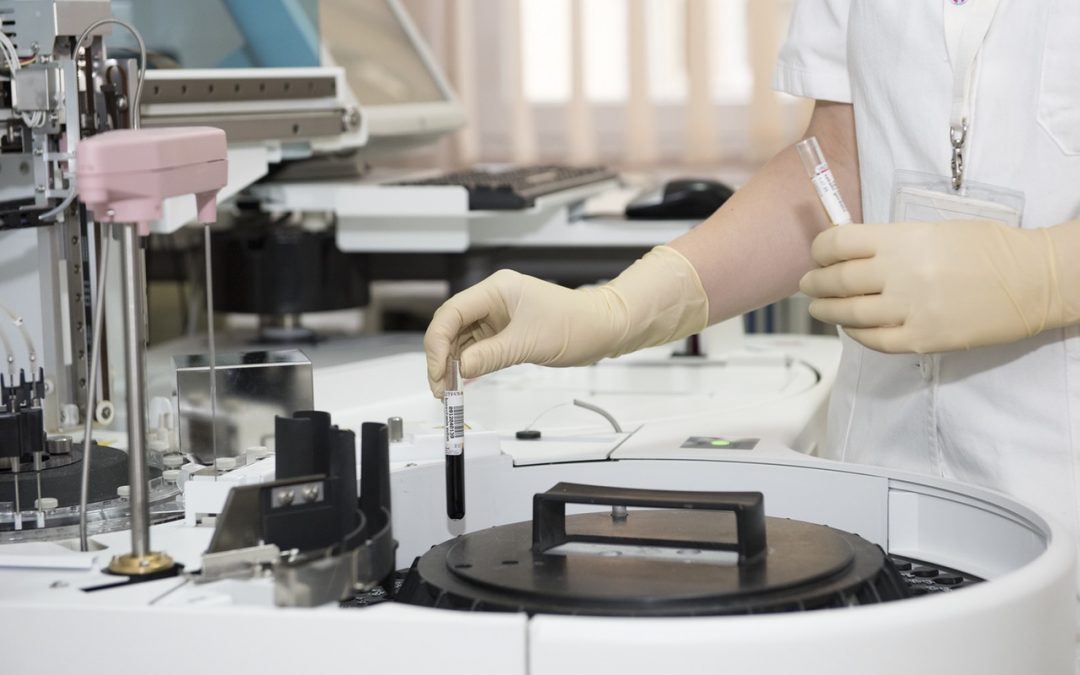There are many things that were indelibly changed after the events of 9/11. One realization that both individuals and the government arrived at is: everything that is good can also be used for nefarious purposes. Good technology, developed with peaceful and scientific intent, can easily be adapted for militaristic or terroristic purposes. This idea has come to be known as dual-use technology.
Currently, one of the primary examples of the potential threat of dual-use technology lies in genetic engineering.
Genomic laboratories exist as commercial companies. In layman’s terms, you can design and send these gene banks a genetic sequence by email, and the companies will then build your molecule synthetically using automated machines, and mail it to you in a sealed container. There are approximately 50 or so companies out there synthesizing gene-length sections of DNA to order.
The speed and convenience of this process, along with its relatively low cost, make it an incredible boon to the scientific communities. Scientists use these synthesized genes for a number of beneficial processes, including developing new vaccines, improving medicines, and studying cellular processes. With the good comes the bad, however, and the availability and accessibility of essentially “printing” your own DNA makes the practice vulnerable to potential military and terrorist use.
A decade ago, scientists first already determined and published the genome polio, and publication of the genomes of other infectious diseases including influenza and SARS have followed. Reproducing these in laboratories in order to intentionally infect large swaths of the population with a synthetic disease weapon of mass destruction is now a realistic possibility. So how do we manage this dual-use scenario?
Dual Use Research of Concern is the term applied to life-science research that can be purposefully misapplied to pose a significant threat to agriculture, animals, national security, the environment, materiel, and public health and safety. The U.S. National Science Advisory Board for Biosecurity, or NSABB, provides advice on regulating the research that falls into this category. Its recommendation that suspicious purchase requests for gene synthesis need to be declared to the FBI is now standard policy.
But a problem remains. First of all, the science involved in genetic engineering is known worldwide, and genetic laboratories are found in many countries. Secondly, the US Government can only dictate the behavior of scientists and gene synthesizers located within the United States. Laws and government regulation have driven some commercial genetic work to offshore businesses. If US scientific research is constrained, and regulation potentially influences the future plans of graduate students and postdoc fellows, we may see even more labs and gene-builders move to less regulated countries.
But what’s to stop terrorists from shopping offshore as well? Fewer regulations also means more access for the threatening side of dual-use research as well. The answers are still elusive, however this essay, written by the late Jonathan Tucker, in Issues in Science and Technology, remains recommended reading on this topic. In it, the author poses several solutions to a lack of global governance in dual-use research. Those academics studying “ELSIs”, the ethical, legal and social implications of science, continue to view genetic engineering as a fertile field of research, and today, new recommendations continue to emerge.

